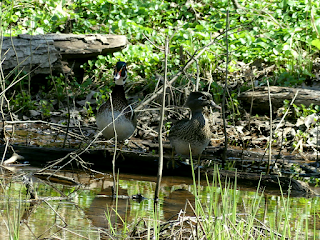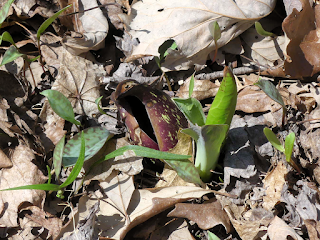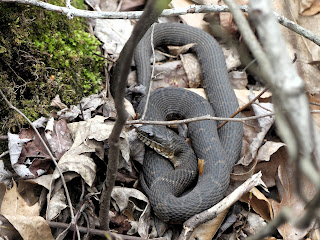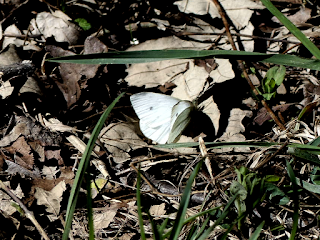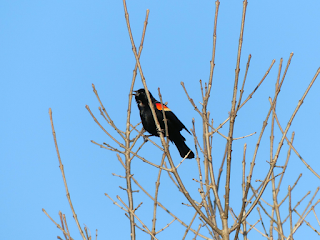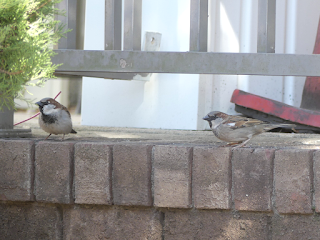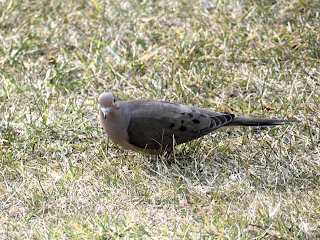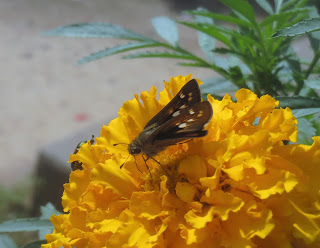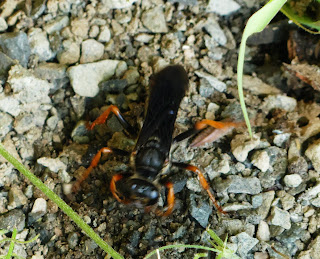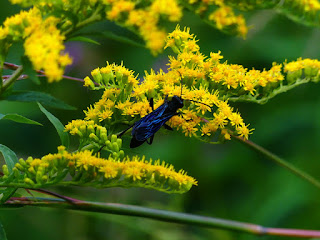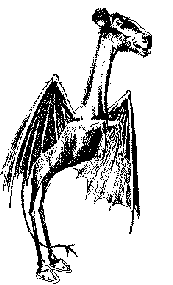Canada Goose vs Canadian Goose
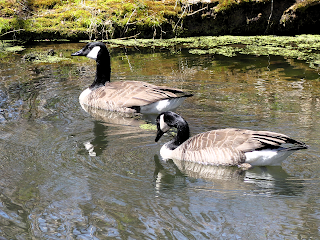
Let the Canada Goose I met at Duke Island Park segue into a talk about the name of this bird. Many people call these birds Canadian Geese, though virtually all authoritative sources use the Canada Goose term. I've heard people correct others during birdwatching programs; I'm sure there are a variety of motivations for making those corrections. Some people justify this noting the definition of " Canadian ", suggesting that unless the bird resides in Canada, the term Canadian Goose is a grammar sin. If you subscribe to that theory though, I'm assuming you would want to rename the American Robin, American Crow, European Starling, and Eurasian Collared Dove as America Robin, America Crow, Europe Starling, and Eurasia Collared Dove - but I've never heard of such an effort. Generally speaking, although I think Canada Goose is a slightly better grammatical term, there isn't a lot of consistency in the common names of birds, and you'll probably need to memo
